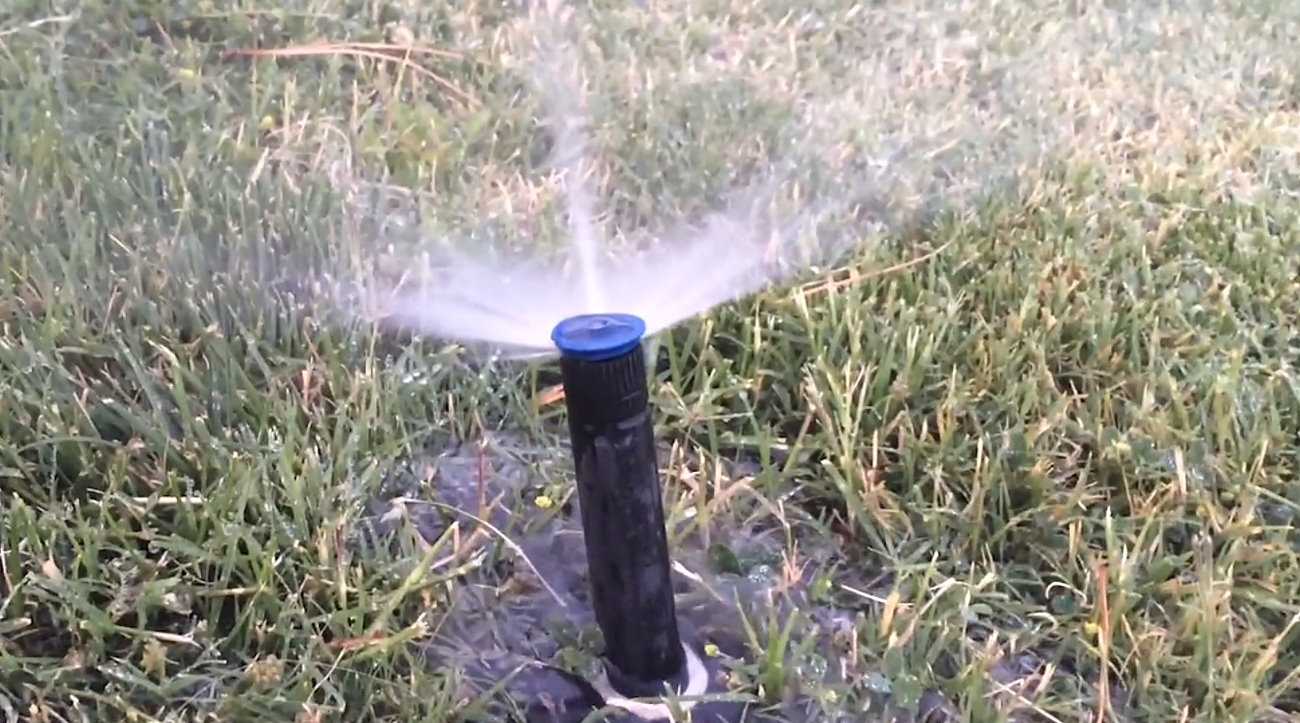ST. GEORGE — State water managers are seeking the public’s input on proposed regional water conservation goals that were rolled out last month. The regional goals replace the governor’s former statewide challenge to reduce water use by 25% by 2025.

The new goals cover municipal and industrial water use, with includes residential, commercial and institutional water use, excluding agriculture, mining and power generation, according to a press release from the Utah Division of Water Resources.
“This is the first time the state has done regional goals,” said Karry Rathje, communications director for the Washington County Water Conservancy District.
The draft regional plans are based on recommendations by the 2015 Legislative Audit, 2017 Follow-up Audit, Third-Party Review and 2017 Recommended State Water Strategy.
“A regional approach allows the goals to be tailored for nine different regions around the state and takes into account climate, elevation, and each region’s characteristics and needs,” Todd Adams, Division of Water Resources deputy director, said in a statement. “Given Utah’s diverse geography, establishing region-specific goals makes sense.”
Ron Thompson, general manager of the Washington County Water Conservancy District, agreed, further noting the differing economic and demographic characteristics tied to each area.

Water use can also vary year-to-year, he said.
“2018 was so dry that our water use was up, and it was so wet in 2019 that our use has been down,” Thompson said.
The district has followed the state’s guidelines for water conservation and exceeded the statewide 25% percent reduction goal in 2015, conserving up to 30% of the water used by that time, Rathje said.
According to a draft of the regional water conservation goals plan, the Lower Colorado River South region (Washington and Kane counties) used a baseline of 305 gallons per capita per day in 2015. Under the plan, this region is slated to reduce water use 14%, with by 262 gallons per capita by 2030 and ultimately 22%, with 237 gallons per capita by 2065.
“This will be an increase in water savings over time,” Rachel Shilton, river basin planning section manager for the Utah Division of Water Resources, told St. George News Friday.
However, reaching the new goals may required some legislative action on the state and local level, Thompson said. New laws and ordinances may be passed to help enforce reduced water use.
“It’s going to require a lifestyle change,” he said.

In Washington County, for example, he said the draft regional plan suggests people live on smaller home lots and have less landscaping.
Thompson has previously stated that cities and developers are doing better at requiring less landscaping than in previous years and building in water-wise ways.
“We recommend starting small,” Shilton said regarding conservation practices.
Simple ways to help conserve water include making sure there are no leaks in indoor and outdoor water systems and replacing items like shower heads and appliances with ones that use less water.
Leaks in municipal and county water systems are also encouraged to be fixed and maintained, Shilton said.
While conservation is importation, it will only go so far, Thompson said.
“There’s no silver bullet with conservation alone,” he said.
Though he didn’t go into detail while speaking with St. George News Friday, Thompson has previously stated that conservation is just one part of an overall water development plan that includes continued development of local water resources and the possibility of new water sources – like the Lake Powell Pipeline.

While state water plans say the new goals will create more water savings, conservation groups like the Utah Rivers Council dispute the numbers and call the new regional plan a ploy to justify billion-dollar water projects like the Lake Powell Pipeline and Bear River Development.
“The Utah Division of Water Resources has released a new water plan which cuts Utah’s current statewide water conservation goals by 50%, lowering it from a 1% savings per year to 0.5% savings per year over the next 50 years,” the Utah Rivers Council said in a statement “The Division is pretending the plan is an ambitious water conservation plan, but the agency allowed lobbyists working to advance Bear River Development and the Lake Powell Pipeline to consult with them to reduce water conservation efforts.”
The council says Washington County has an annual water conservation goal of 0.44%, which it describes as “anemic” when compared to other parts of the United States that have annual conservation goals ranging from 2-4%.
To formulate the new water conservation goals, the Division of Water Resources first gathered public input. Last fall, over 1,650 people participated in a water conservation survey, and eight open houses were held across the state. After public input was tallied, a team consisting of water providers, members from the Governor’s Office of Management and Budget and Water Resources staff worked with a third-party consultant to provide input on region-specific goals.
“These goals will help guide the state’s water managers in planning future infrastructure, policies and programs consistent with Utah’s semiarid climate and growing demand for water,” Adams said. “We invite the public to take a look and share their thoughts.”
The public can view the water conservation goals and submit comments through Sept. 25 on the Division of Water Resources website.
Copyright St. George News, SaintGeorgeUtah.com LLC, 2019, all rights reserved.